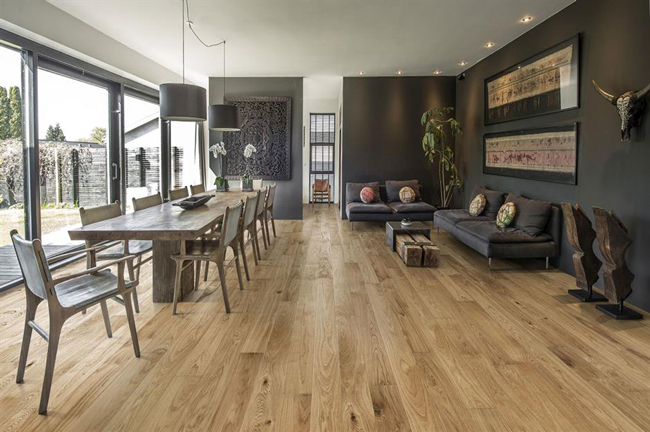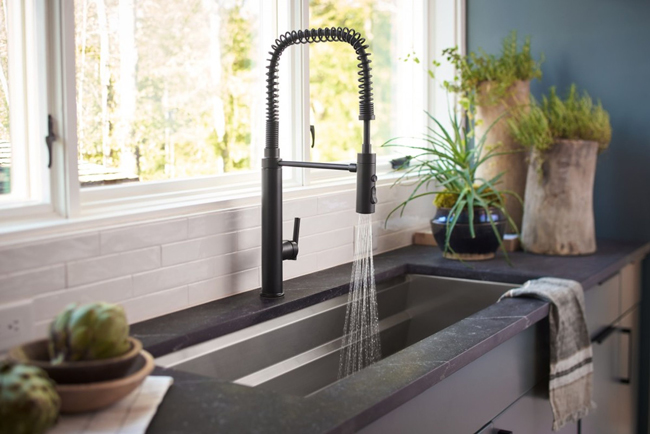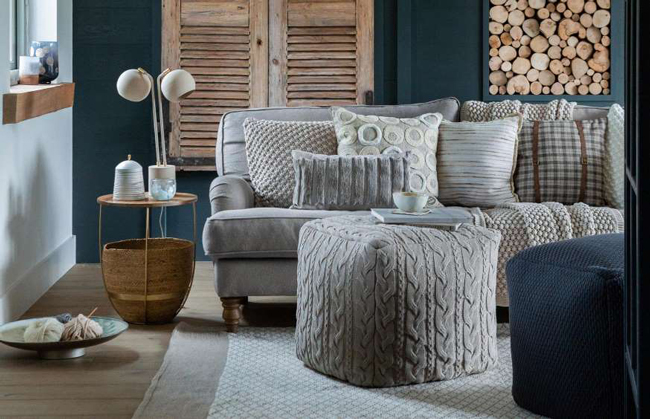
The most frequent emails I receive regarding home design and decorating come from people who are looking for ideas that fit their budget restraints. The other challenge is how to decorate when you are a renter. These situations are familiar to everyone and I have had lots of fun coming up with successful solutions that fit any budget, and also those that can be utilized in rented spaces where rules about making changes are strict.
For renters, before you splash that exuberant shade of orange on the walls, talk to the owner. The no painting rule may be set aside if you agree to return the walls to neutral when you leave. The same advice goes for drilling holes in the walls. Ask first, make a deal. Otherwise, there are plenty of ways to vamp up your surroundings on a temporary basis.
Not allowed to paint the walls? Decorate a large sheet of plywood that you can lean against the wall. Build a gallery of posters, photos, interesting book covers, or hang textiles such as a carpet, blanket or even draperies. With eye-catching displays, once you have set up your furniture and lights the blah walls will disappear.
Storage is always at a premium, and new condos are notorious for skimping on cupboards. If you can’t put all your goods away, use attractive alternatives. Interior stylist and writer Joanna Thornhill has parlayed her design experiences into a helpful handbook, Insta-Style for your Living Space. Thornhill suggests creating more kitchen and dining storage inexpensively, shown here, with wall-mounted shelves and storage bars, rather than bulky cabinets. A spare chair holds cookbooks, easily cleared away when extra guests visit. If you can’t drill holes in the wall, Thornhill has simple DIY projects to help. Build a few shelves into an old drawer that you set on its side for a stand-alone display unit.
Inexpensive dressers, side tables, shelving units, chairs and cabinets are easily transformed into personal treasures with fabric, paint and paper. Thornhill shows how to reupholster an old chair using staples and a glue gun. If you don’t sew, you can still make cushion covers and hang makeshift curtains with ribbon ties. Imaginative switches help to keep clutter at bay stylishly. Hang shoe pockets on the bathroom wall and fill with brushes, soaps, creams and makeup. Similar pockets in the kitchen hold utensils, cutlery, napkins.
Make the most of every inch of your space. In the living area you want to create a feeling of comfort, which is easy to do with a few carefully chosen pieces. A daybed doubles as a couch. Load on the cushions and a cozy blanket or cover. A small dresser gives storage as well as a table surface for a lamp. Add one or two armchairs (small works) and they don’t have to match. Living room chairs can double as seats at the dining table. Transform and repurpose secondhand furniture. Thornhill has easy instructions for painting stripes on an armoire, spray-painting a lacy detail on a dresser, livening up a dining table with a fabric runner. A nightstand has been “Ikea-hacked” by its owner by spray painting it in a vibrant blue paint, adding brass campaign handles and screwing on corner brass details.
The author has supplied a good resource and sources section. And for DIYers on a budget, she suggests www.ikeahackers.net for further inspiration.




